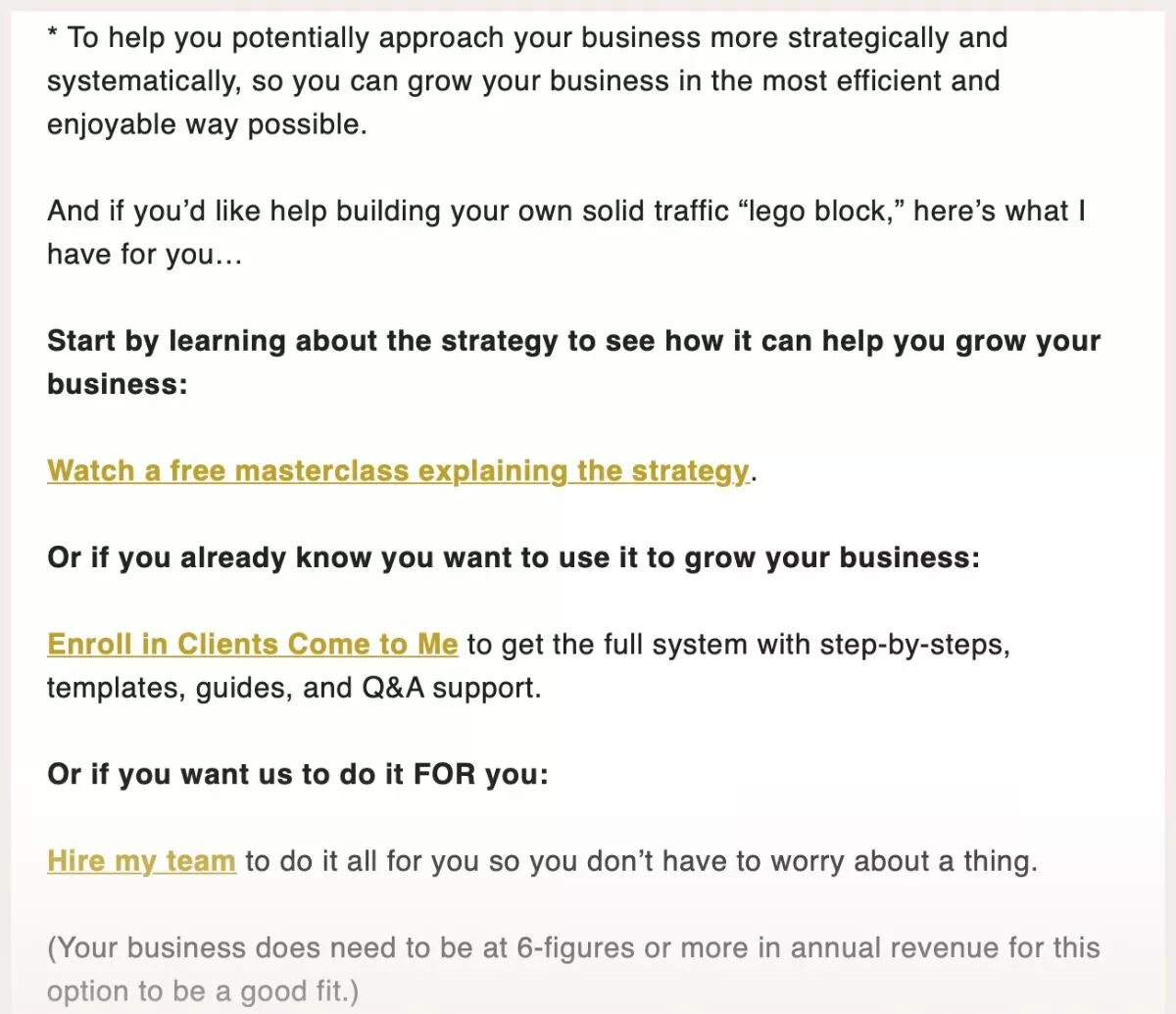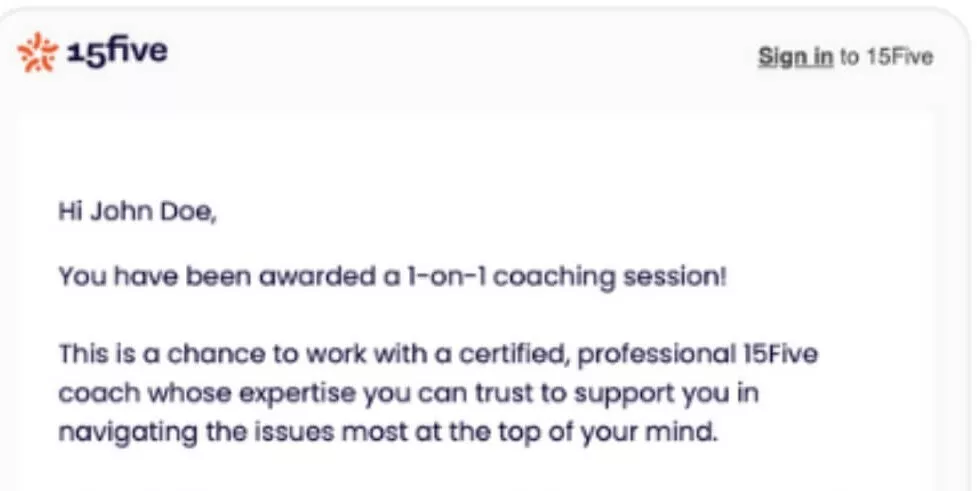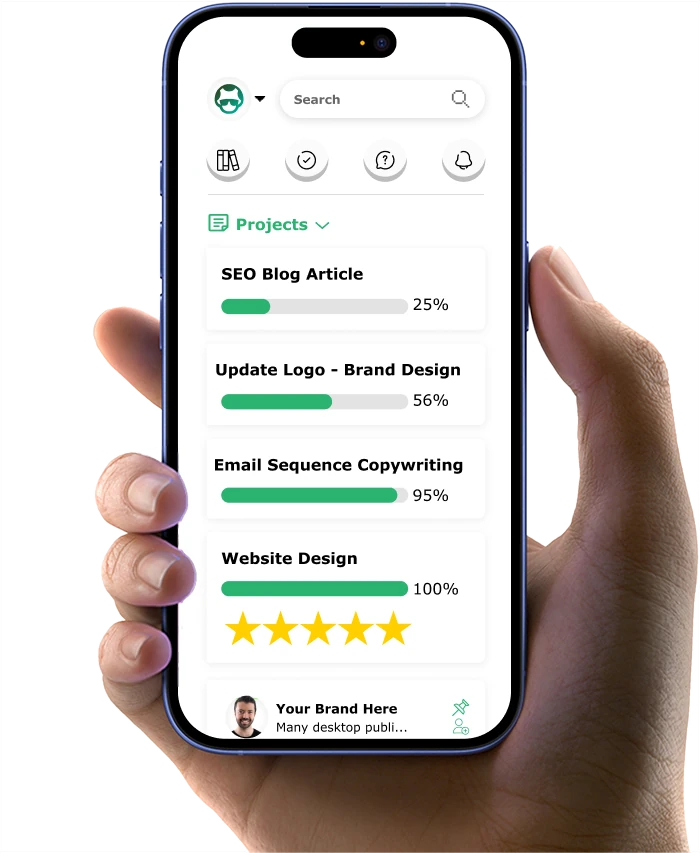Elevate Your Coaching Emails: 9 Onboarding Must-Dos

Beginning a new coaching relationship can be both exciting and daunting for clients. They often wonder what to expect and how to navigate their journey. This is where an effective client onboarding email sequence becomes crucial. A well-structured onboarding process can significantly influence how clients feel about their experience and their engagement with your services.
Consider clients like Sarah, who may feel lost when faced with vague instructions or impersonal communication. This confusion can lead to frustration and a lack of connection. As a coach, ensuring that your onboarding process is clear and inviting is essential. By doing so, you lay the groundwork for a successful coaching relationship.
In this article, you will uncover how to craft an onboarding email sequence that truly resonates with your clients. Here are some insights you can look forward to:
- Learn how to personalize communication to strengthen client connections.
- Discover strategies for writing subject lines that grab attention.
- Find out how to provide clear steps that guide your clients smoothly.
- Explore ways to gather valuable feedback that improves your process.
- Unveil techniques for keeping clients engaged beyond the initial email.
Let’s dive in and explore how you can enhance your client onboarding experience...
If you want to get your marketing work done for your business (or for your clients’), then you HAVE to learn more how you can delegate unlimited marketing projects & tasks without the headaches of hiring. Download this free guide: 33 Examples of Marketing Projects You Can Delegate to Growbo
Email Onboarding Must-Do #1: Set Your Coaching Email Objectives
Identifying your goals is a crucial step in creating an effective client onboarding email sequence. Setting clear objectives not only helps you measure success but also guides your communication strategy. When you have defined goals, you can tailor your emails to meet those specific outcomes. Shopify reports that 44% of marketing professionals say email is their most effective marketing channel, highlighting its significance in your strategy.
When you clearly outline what you hope to achieve with your onboarding emails, you can create content that resonates with your clients. This could include increasing engagement, improving client retention, or educating clients about your services. Establishing these goals allows you to create a structured approach to your email sequence, ensuring that each message serves a purpose. As you develop your strategy, consider how each email can contribute to your overarching goals.
Moreover, having specific goals enables you to analyze the performance of your onboarding emails effectively. You can track metrics such as open rates, click-through rates, and client feedback to see if you are meeting your objectives.
Key insights from this section:
- Clearly define your goals to guide your onboarding email strategy.
- Align your email content with specific objectives to enhance client engagement.
- Utilize performance metrics to evaluate the success of your onboarding emails.
Email Onboarding Must-Do #2: Personalize for Diverse Coaching Clients
Segmenting your audience is a vital step in crafting a successful client onboarding email sequence. When you understand the different segments of your audience, you can tailor your emails to meet the unique needs and preferences of each group. According to Instapage personalized emails have a 41% higher click-through rate compared to non-personalized emails, demonstrating the effectiveness of segmentation in enhancing client engagement.
By dividing your audience into segments based on criteria such as demographics, interests, or previous interactions with your services, you can create more relevant and impactful content. For example, new clients may require different information compared to returning clients. When you address the specific needs of each segment, your onboarding emails become more meaningful and engaging. This not only helps in building a stronger relationship with your clients but also increases the likelihood of retaining them long-term.
Furthermore, segmentation allows you to analyze the effectiveness of your onboarding emails for each group. You can track metrics like open rates and engagement levels to see which segments respond best to your content. This data-driven approach helps you refine your strategy over time, ensuring that you are continuously improving your email communication. Understanding your audience is key to creating successful marketing campaigns that resonate with clients.
Key insights from this section:
- Segment your audience to tailor onboarding emails for specific client needs.
- Use personalized content to enhance engagement and build stronger client relationships.
- Analyze performance metrics to refine your email strategy for different audience segments.
Email Onboarding Must-Do #3: Create Subject Lines Clients Can't Ignore
Crafting engaging subject lines is a critical element of your client onboarding email sequence. The subject line is the first thing your clients see, and it plays a significant role in whether they open your email. A study from Invespcro shows that 47% of email recipients decide whether to open an email based on the subject line alone. This statistic underscores the importance of creating compelling subject lines that grab attention and entice clients to read further. Here are some examples of such subject lines:
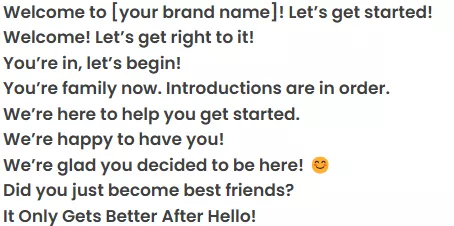
When developing your subject lines, it’s essential to keep them concise and relevant. Aim for clarity and intrigue, which can motivate clients to engage with your content. For example, using personalization in your subject lines can yield impressive results; emails with personalized subject lines generate higher open rates. This means that addressing your clients by name or referencing their specific needs can make a big difference in how your emails are received.
Additionally, consider testing different subject lines to see which resonate best with your audience. By analyzing the results, you can identify trends and preferences among your clients, allowing you to tailor your future emails more effectively. Remember, the goal is to create subject lines that not only capture attention but also align with the content of your emails.
Key insights from this section:
- Craft concise and relevant subject lines to improve email open rates.
- Utilize personalization to enhance engagement with your clients.
- Implement testing to refine your subject lines based on client preferences.
Email Onboarding Must-Do #4: Present Clear Client Action Steps
Providing clear instructions in your onboarding emails is essential for ensuring that clients understand the next steps in their journey with you. When clients receive clear and actionable guidance, they are more likely to feel confident and engaged. According to Marketingscoop, 76% of users consider clear guidance on getting started as the most crucial aspect of onboarding. This statistic highlights the necessity of clarity in your communications.
As you craft your onboarding emails, consider breaking down complex information into simple, easy-to-follow steps. This not only helps clients grasp the necessary actions but also reduces the likelihood of confusion or frustration. For instance, if you are introducing a new tool or service, provide a step-by-step guide on how to get started. This approach not only empowers clients but also builds trust in your expertise.
Moreover, incorporating visual elements such as bullet points or numbered lists can further enhance clarity. These formats make it easier for clients to digest information quickly. Remember, the goal is to create a seamless onboarding experience that leaves clients feeling informed and supported. By providing clear instructions, you set the stage for a successful coaching relationship.
Key insights from this section include:
- Ensure onboarding emails contain clear and actionable instructions for clients.
- Break down complex information into simple steps to enhance understanding.
- Use visual elements to improve clarity and engagement in your emails.
Email Onboarding Must-Do #5: Customize Each Coach-Client Connection
Including personal touches in your onboarding emails can significantly enhance the client experience and foster stronger relationships. Personalization goes beyond simply addressing clients by their names; it involves tailoring your messages to reflect their unique needs and preferences. A study from Reddit reports that companies that implement targeted onboarding email sequences see average open rates as high as 66%, demonstrating how effective personalization can be in capturing client attention.
To incorporate personal touches, consider referencing specific details about your clients, such as their goals or challenges they have shared with you. This approach shows that you value their individual experiences and are committed to their success. For example, if a client mentioned wanting to improve their marketing skills, you could include resources or tips specifically related to that goal in your onboarding emails. This not only makes your communication more relevant but also helps clients feel understood and supported.
Additionally, consider segmenting your emails based on client interests or demographics. By sending targeted content that resonates with specific groups, you can further enhance the personalization of your onboarding experience. Remember, the goal is to create a welcoming atmosphere that encourages clients to engage with your services actively. By including personal touches, you strengthen your relationship with clients and set the foundation for a successful coaching journey.
Key insights from this section :
- Incorporate personalization to enhance client engagement and experience.
- Reference specific client details to show understanding and support.
- Segment emails based on client interests to improve relevance and connection.
Email Onboarding Must-Do #6: Create Client Feedback Opportunities
Incorporating feedback mechanisms in your onboarding emails is essential for understanding your clients' experiences and improving your services. Actively seeking feedback allows you to identify areas for enhancement, ensuring that you meet your clients' needs effectively. According to Xola, the average response rate for customer satisfaction surveys sent via email is about 30%. This statistic highlights the importance of client input in refining your onboarding process.
To effectively gather feedback, consider including short surveys or simple questions in your onboarding emails. For instance, you might ask clients how they are finding the onboarding process or if they have any specific questions or concerns. Keeping the feedback process straightforward encourages more clients to share their thoughts. Additionally, offering incentives, such as discounts on future services, can motivate clients to provide feedback.
Analyzing the feedback you receive is crucial for growth. Look for common themes or concerns that clients raise, and use this information to make informed adjustments to your onboarding emails and overall approach. By demonstrating that you value client input and are willing to make changes based on their feedback, you build trust and enhance the client relationship. Remember, the goal is to create an onboarding experience that not only informs but also engages and satisfies your clients.
Key insights from this section:
- Incorporate feedback mechanisms to understand client experiences and improve services.
- Use short surveys or questions to gather client input during onboarding.
- Analyze feedback to make informed adjustments and enhance the onboarding experience.
Email Onboarding Must-Do #7: Keep the Coaching Conversation Flowing
Following up consistently is a vital aspect of maintaining client engagement during the onboarding process. After your initial onboarding emails, sending follow-up messages helps reinforce the information provided and demonstrates that you care about your clients' progress. According to Fastercapital, up to 75% of prospects require multiple interactions before making a purchase decision.
When crafting your follow-up emails, think about the information or support your clients may need at different stages of their onboarding journey. For instance, if a client has just started using your services, a follow-up email could offer additional resources or tips to help them navigate the initial phases. This not only enhances their experience but also encourages them to reach out with any questions or concerns they might have.
Moreover, follow-up emails can also serve as an opportunity to gather feedback on the onboarding process. You might ask clients how they are finding the experience so far and if there are any areas where they require further assistance. This approach not only demonstrates your commitment to their success but also helps you identify areas for improvement in your onboarding strategy. By consistently following up, you build a stronger relationship with your clients and increase the likelihood of their long-term engagement with your services.
Key insights from this section include:
- Send follow-up emails to reinforce information and maintain client engagement.
- Provide additional resources or support in follow-up communications.
- Use follow-ups as an opportunity to gather feedback on the onboarding experience.
Email Onboarding Must-Do #8: Showcase Your Coaching Methodology
Educating clients about your services during the onboarding process is crucial for enhancing their understanding and satisfaction. When clients clearly understand what you offer, they are more likely to engage effectively with your services. Research from Embryo indicates that 81% of B2B marketers say email newsletters are their primary content marketing tool, highlighting the need for informative communication.
To effectively educate your clients, incorporate detailed information about your services in your onboarding emails. Consider including guides, FAQs, or links to helpful resources that explain how your services work and how clients can benefit from them. For example, if you provide a specific coaching program, you could outline its key features and expected outcomes, helping clients understand what to expect.
Additionally, using various formats to present educational content can enhance engagement. Videos, infographics, and step-by-step guides make complex information more digestible. By catering to different learning preferences, you increase the likelihood that clients will absorb and retain the information. Remember, the goal is to create an onboarding experience that not only informs but also inspires confidence in your services.
Key insights from this section:
- Educate clients about your services to enhance understanding and satisfaction.
- Incorporate detailed information and helpful resources in onboarding emails.
- Utilize various formats to present educational content for better engagement.
Email Onboarding Must-Do #9: Develop Your Coaching Resource Library
Creating a resource hub for your clients is an effective way to provide ongoing support throughout their journey. A resource hub serves as a centralized location where clients can access valuable information, tools, and resources related to your services. This approach not only enhances their experience but also empowers them to take charge of their learning and development. According to LinkedIn, 65% of customers prefer self-service channels for support:, indicating a strong preference for accessible information. Forbes emphasizes the importance of providing clients with easy access to resources.
When creating your resource hub, include a variety of materials such as video tutorials, articles, FAQs, and downloadable guides. Organizing these resources by category helps clients find the information they need quickly and efficiently. Additionally, ensure that the hub is easy to navigate and visually appealing, as this encourages clients to return and explore the available content.
Moreover, keep your resource hub updated with the latest information and resources. Regularly adding new content not only keeps clients informed but also shows that you are committed to their ongoing success. By providing a well-curated resource hub, you foster a sense of community and support, enhancing the overall client experience.
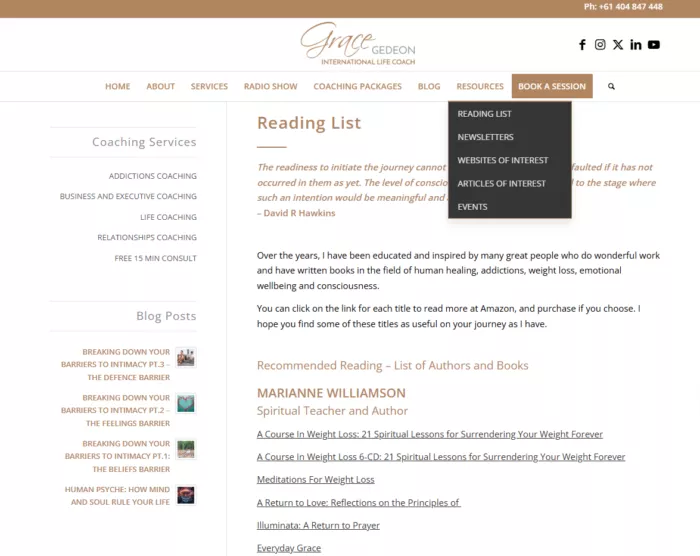
Key insights from this section include:
- Create a resource hub to provide ongoing support and accessible information for clients.
- Include a variety of materials such as video tutorials, articles, and guides.
- Keep the resource hub updated with the latest content to encourage client engagement.
If you want to get your marketing work done for your business (or for your clients’), then you HAVE to learn more how you can delegate unlimited marketing projects & tasks without the headaches of hiring. Download this free guide: 33 Examples of Marketing Projects You Can Delegate to Growbo
CONCLUSION
As we wrap up, it's clear that a well-crafted client onboarding email sequence is essential for coaches aiming to build strong relationships and enhance client satisfaction. By implementing these nine proven strategies, you can transform your coaching practice and dramatically improve client engagement from day one.
Let's recap the key insights you can put into action immediately:
- Set Your Coaching Email Objectives: Define clear goals that guide your communication strategy and help measure success.
- Personalize for Diverse Coaching Clients: Segment your audience to deliver targeted content that resonates with each client's unique needs.
- Create Subject Lines Clients Can't Ignore: Craft compelling headlines that boost open rates by up to 50% and engage clients from the first glance.
- Present Clear Client Action Steps: Provide straightforward instructions that guide clients confidently through your onboarding process.
- Customize Each Coach-Client Connection: Add personal touches that demonstrate your understanding of their individual goals and challenges.
- Create Client Feedback Opportunities: Implement mechanisms that help refine your approach and show clients you value their input.
- Keep the Coaching Conversation Flowing: Maintain consistent follow-up that reinforces your commitment and keeps clients engaged.
- Showcase Your Coaching Methodology: Educate clients about your unique approach to build confidence in your expertise.
- Develop Your Coaching Resource Library: Create accessible materials that provide ongoing support beyond your emails.
If you're ready to create email sequences that not only welcome clients but drive real engagement and results, we've got your back. Growbo's expert team will help you develop a high-impact coaching onboarding strategy tailored to your practice. From email sequence planning to compelling content creation—we handle every step.
- Personalized email strategy for your coaching niche
- Client-focused onboarding sequence development
- Professionally written and designed emails
- No long-term contracts or commitments
Book a call today and start turning new clients into successful coaching relationships. Got questions about coach onboarding strategies? Let's talk in the comments below!
Keep Growin', Stay Focused,
Image Credits:
1 - https://moosend.com/blog/email-segmentation/
2 - https://www.questionpro.com/blog/market-segmentation/
3 - https://avada.io/blog/welcome-email-subject-lines/#70-welcome-email-subject-lines-that-highly-convert
4 - https://luisazhou.com/blog/email-marketing-for-coaches/
5 - https://success.15five.com/hc/en-us/articles/7796745335323-Email-templates-and-notifications-for-Transform-training-coaching
6 - https://gracegedeon.com/reading-list/



